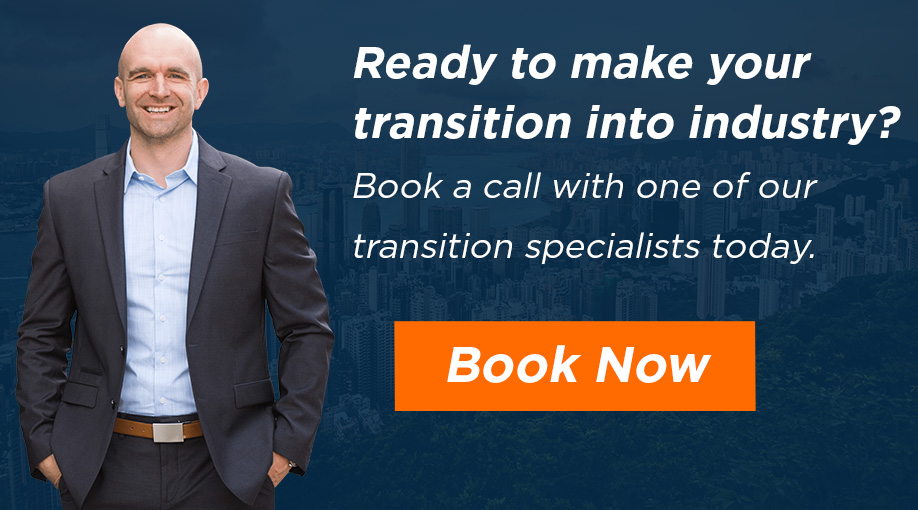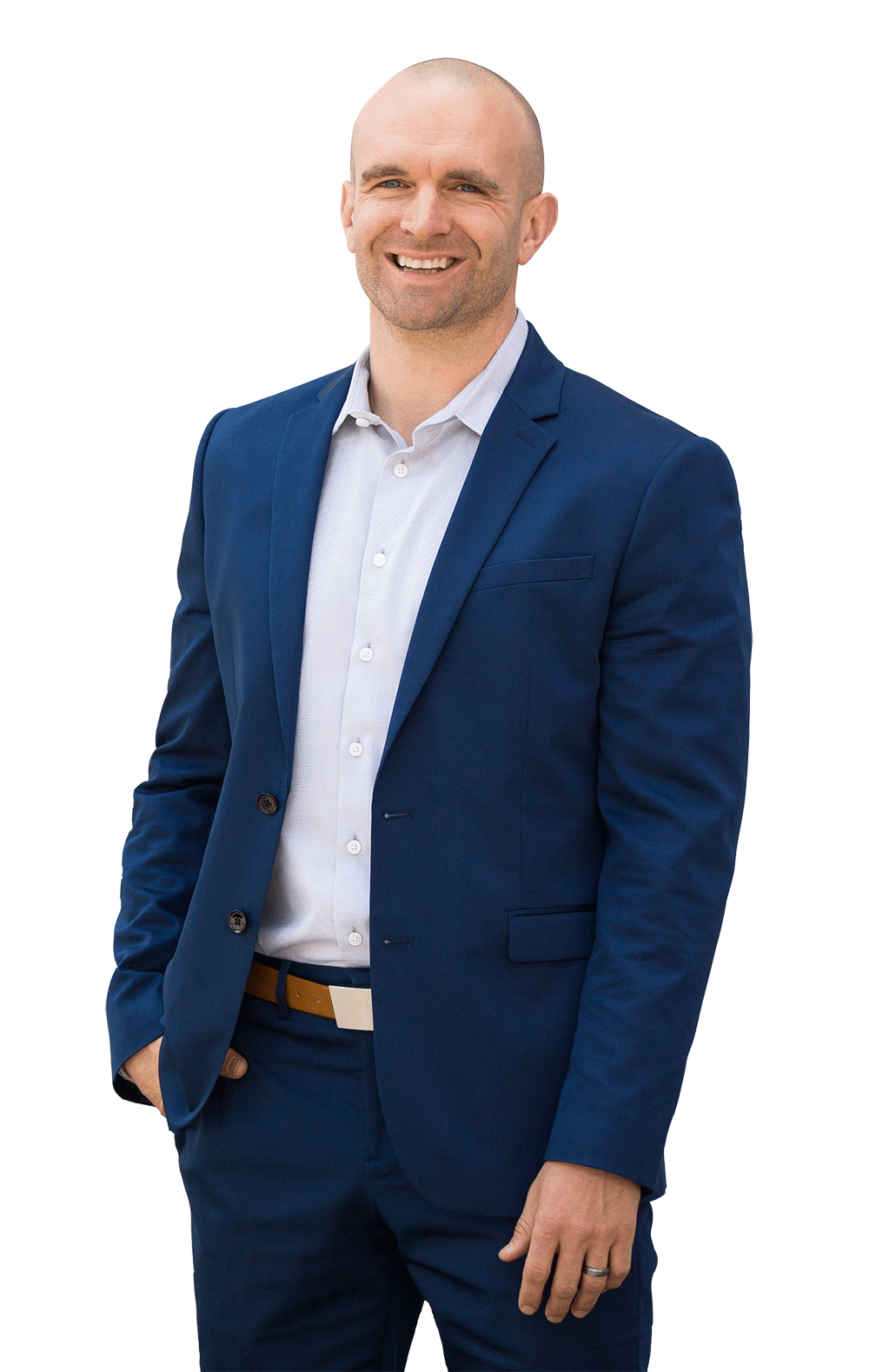Top 10 LinkedIn Sections Every PhD Must Complete To Get Hired

You probably know that a LinkedIn profile is important if you want to transition out of academia and find your dream industry position.
But did you know that your LinkedIn profile is actually more important than your resume?
Everyday, I see PhDs lose great opportunities because they don’t understand the importance of their LinkedIn profile.
You can use LinkedIn to find jobs, connect with people, and get job referrals.
If you find a job opportunity through means different from LinkedIn, chances are that the hiring manager will take a look at your profile.
Never underestimate the importance of taking the time to create an impactful and targeted LinkedIn profile.
This is what one of our members had to say after getting hired in their second industry job:
Networking was critical for my first transition, but it was the LinkedIn profile that opened the door to this new role.
A recruiter contacted me on LinkedIn, we talked on the phone, followed by a series of 6 interviews over a 2-months period. I couldn’t be happier in my new position.
I changed my LinkedIn profile to make it more appropriate for the position I was targeting.
Every time a recruiter contacted me, I talked with them. That way, I became more comfortable with interviewing, learning what to say or not to say and how to say it.
Trust me, having a LinkedIn profile that fits your target position works!
Why You Must Complete Your LinkedIn Profile Months Ahead Of Your Job Search
The information on your LinkedIn profile will determine more than anything else how high you show up in the search results on LinkedIn recruiter or the other LinkedIn platforms used by employers to find job candidates.
And the higher you show up in the search results, the more likely you are to be contacted for an interview and to be extended a job offer.
At the same time, having an incomplete LinkedIn profile or a profile that doesn’t match your target position can lead you to burn bridges and hurt your chances of getting hired.
So, you should make sure to spend time on your LinkedIn profile before you need a job.
As you build your job search strategy, you can craft your profile, double checking that all the information you added increases your chances of coming across as a valuable industry professional.

10 Top LinkedIn Profile Sections & What To Add To Each
LinkedIn gives you the option to fill different sections when creating your profile.
Some are more important than others, but all of them contribute to positioning yourself as a valuable industry professional and to ensure you appear on searches for your target positions.
Today, we will discuss 11 sections of a LinkedIn profile, why they are important, and what information you should include in each of them.
1. Visual center
The visual center is the part of your profile that shows on the screen without the person having to scroll down.
It includes the banner photo, profile picture, and headline and is the most important section of your profile.
If an employer doesn’t like what they see in your visual center, they will leave your profile without looking at the other sections.
Your profile picture should depict you as an industry professional, not as an academic PhD. Put a picture of you wearing what you would wear to a job interview and looking confident.
The banner photo must be high-quality and catch the eye. Personalize your banner photo with something that relates to the rest of your profile; your target position, desired location, or an achievement you’re proud of.
Linkedin’s algorithm will rank the keywords in your headline higher than those in any other section of your profile.
So, use all the space you have and make sure to add the information that employers look for when doing searches in LinkedIn recruiter: Job title, location, and skills.
Add your target position and location, as well as technical and transferable skills that relate to your target position – you will find these in the job postings.
At the end of your headline, add a hobby. Something that’s personal, but not too personal.
Maybe a sport you practice or an instrument you play. Something that differentiates you from other job candidates with similar qualifications.
2. Professional summary
Your professional summary is the second most important section of your profile, after the visual center.
You should structure your professional summary in a similar way to your resume bullet points, whereby every sentence has a transferable skill at the beginning, ends with a quantified result, and has a technical skill in the middle.
But your summary should go beyond this and include details of your professional story, where you’ve been and how it’s prepared you for where you want to go.
Your professional summary must be future facing and invite employers to picture you in the position they are trying to fill.
Don’t just talk about what you’ve done in the past, discuss how that’s relevant to where you’re going in the future, and how you can excel in your target role.
Talk about the goals that you’ve achieved in the past and how they relate to the results you’ll need to hit to be successful in that position. Speak in a conversational tone, the way that you would on a cover letter.

3. Experience section
When you’re filling out your work experience section, make sure that you’re using bullet points or short sentences to convey the benefits of hiring you.
Again, make sure to mention your transferable skills, technical skills, and measurable results.
The main focus of this section should be your work experience, but you can go beyond that and add volunteer experience or intern experience as long as they are relevant to your target position.
You can highlight the information you added to your experience section by adding images. People’s eyes rest on images, so this is a good way to have visitors spend some extra time looking at your profile.
You could add the image of a publication or a document that you created in a previous position, a picture of you doing or presenting your previous job, or you could add an URL to a text you wrote or an event you participated in, this will add the thumbnail of the host page to your profile.
4. Education
Add at least your highest level of education (in this case, your PhD) to this section, but don’t just add your title and university.
Include a couple of bullet points about what you achieved by getting that degree: things you learned, discoveries you made, systems you optimized…
Make sure to make it clear that you put a lot of effort into getting that degree and it has made you a more capable professional.
As with all other sections, make sure all the information relates to your target position.
5. Languages
LinkedIn has a section just for languages and you should make sure to fill it in. Include all the languages you speak and your level of proficiency.
Each language is a skill on its own and they are valuable skills. Especially in today’s world where international and multicultural teams are the norm in many companies.
6. Volunteer opportunities
This is one of the most important sections of your profile. Employers love candidates who have volunteer experience because it shows that they are well rounded, can add value to causes they believe in, and are not just driven by money.
Even if you added some volunteer experience to your experience section, you should fill in this section.
Try to find something that’s non-technical. Don’t just focus on things that are very relevant to the work that you’re doing.
Add anything that you’ve done that goes above and beyond your paid work and make sure to highlight the transferable skills you gained in the process.

7. Honors and awards
Add here all the honors and awards you’ve achieved. You can add awards from congresses and meetings, for example.
But, just as with the experience section, don’t just add technical awards. You can add honors and awards you’ve achieved for your hobbies or the sports you practice.
This section gives you a unique opportunity to show that you’re a high achiever.
8. Accomplishments
LinkedIn has an accomplishments section that includes your publications, languages, organizations, certifications, projects, and courses.
Fill out this section completely and try to have at least two different items in each of the subsections.
In the “publications” subsection, you can add your academic papers, or other publications you contributed to. No matter what you add, it’s very important that you include your collaborators. This will show that you are well rounded.
Every PhD, no matter their background, can add at least 10 projects to their LinkedIn profile because every large project that you’ve had in academia or a past career can be broken down into several sub projects.
Each project should highlight a key transferable or technical skill. This is a great way to get more keywords, highly relevant to the jobs that you want on your LinkedIn profile.
9. Skills and endorsements
The skills that you add in this section, especially the top 3 skills, will have a lot of keywords strength. So, make sure to choose them wisely.
Linkedin will suggest some skills for you based on the information you’ve added to your profile, but you should trim them down manually and organize them so the most relevant skills appear at the top.
Once you’ve chosen your skills, you have to actively network with people to get endorsements.
The higher your number of endorsements, the higher your profile is going to come up in searches. You should aim to have 99+ endorsements, at least for your top three skills.
10. Recommendations
Linkedin recommendations go a long way. Employers can see the faces of people who are vouching for you, which will significantly increase your credibility.
But you have to actively network with people to get them to fill recommendations for you. A great way to get a recommendation is to give a recommendation.
Simply choose a person you would like to write a recommendation for you and write a recommendation for them. Then, if they thank you for the recommendation, ask them if they would consider writing one for you.
You should aim to have three types of recommendations in your profile: those from people who mentored or managed you, those from people who you mentored or managed, and those from people that you’ve worked with in a cross functional capacity, meaning you had no authority over one another.
Concluding Remarks
A well crafted Linkedin profile can help you get into your target industry position and expand your network, but an incomplete or untargeted profile can burn bridges and hurt your career and transition plans. To make sure you always have an impactful profile, fill each of the following sections with information relevant to your target position: the visual center, which includes your banner photo, profile picture, and headline; the professional summary; the experience section; education; languages; volunteer opportunities; honors and awards; accomplishments, paying special attention to the publications and projects; courses; skills; and recommendations. A complete LinkedIn profile will increase your credibility and show gatekeepers that you are an industry professional who’s ready to excel at a top position.
If you’re ready to start your transition into industry, you can apply to book a free Transition Call with our founder Isaiah Hankel, PhD or one of our Transition Specialists. Apply to book a Transition Call here.

ABOUT ISAIAH HANKEL, PHD
CEO, CHEEKY SCIENTIST & SUCCESS MENTOR TO PHDS
Dr. Isaiah Hankel is the Founder and CEO of Cheeky Scientist. His articles, podcasts and trainings are consumed annually by millions of PhDs and other professionals in hundreds of different countries. He has helped PhDs transition into top companies like Amazon, Google, Apple, Intel, Dow Chemical, BASF, Merck, Genentech, Home Depot, Nestle, Hilton, SpaceX, Tesla, Syngenta, the CDC, UN and Ford Foundation.
Dr. Hankel has published 3X bestselling books and his latest book, The Power of a PhD, debuted on the Barnes & Noble bestseller list. His methods for getting PhDs hired have been featured in the Harvard Business Review, Nature, Forbes, The Guardian, Fast Company, Entrepreneur Magazine and Success Magazine.
More Written by Isaiah Hankel, PhD































